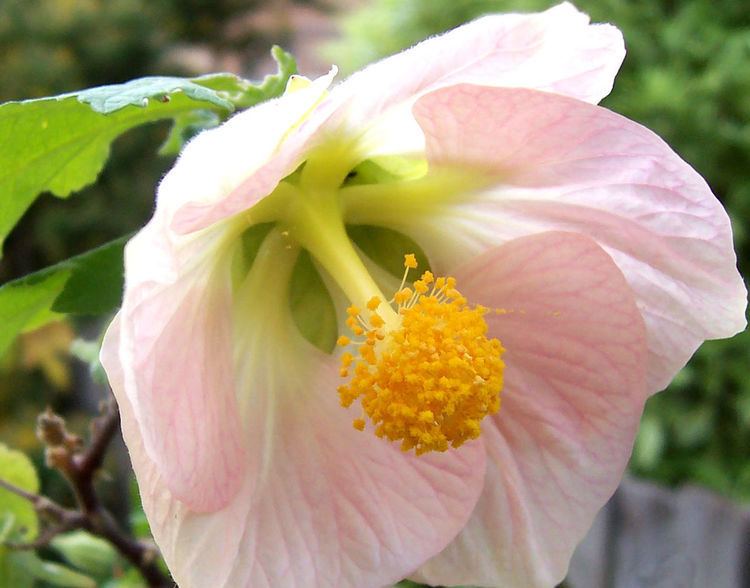 | ||
Connation in plants is the developmental fusion of organs of the same type, for example, petals to one another to form a tubular corolla. This is in contrast to adnation, the fusion of dissimilar organs. Such organs are described as connate or adnate, respectively. When like organs that are usually well separated are placed next to each other, but not actually connected, they are described as connivent (that is the case for anthers in several genera, such as Solanum).
Terms for connation of flower parts
The corresponding terms for parts that are free (not connate) begin with one of the prefixes "apo-" or "dialy-". An apopetalous (dialypetalous) corolla has free, unfused petals.
References
Connation Wikipedia(Text) CC BY-SA
